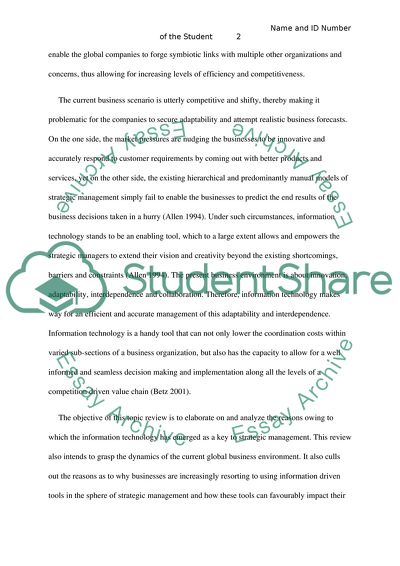Cite this document
(Information Technology as a Key to Strategic Management Case Study, n.d.)
Information Technology as a Key to Strategic Management Case Study. Retrieved from https://studentshare.org/information-technology/1744660-foundations-of-scholarship-research
Information Technology as a Key to Strategic Management Case Study. Retrieved from https://studentshare.org/information-technology/1744660-foundations-of-scholarship-research
(Information Technology As a Key to Strategic Management Case Study)
Information Technology As a Key to Strategic Management Case Study. https://studentshare.org/information-technology/1744660-foundations-of-scholarship-research.
Information Technology As a Key to Strategic Management Case Study. https://studentshare.org/information-technology/1744660-foundations-of-scholarship-research.
“Information Technology As a Key to Strategic Management Case Study”, n.d. https://studentshare.org/information-technology/1744660-foundations-of-scholarship-research.


